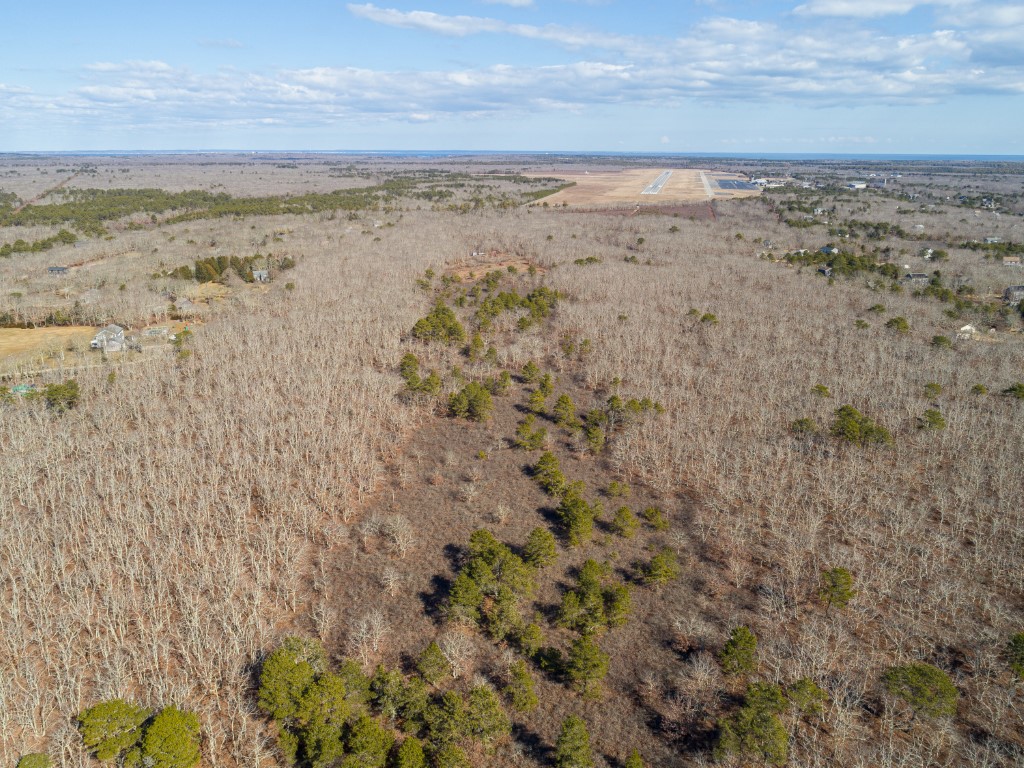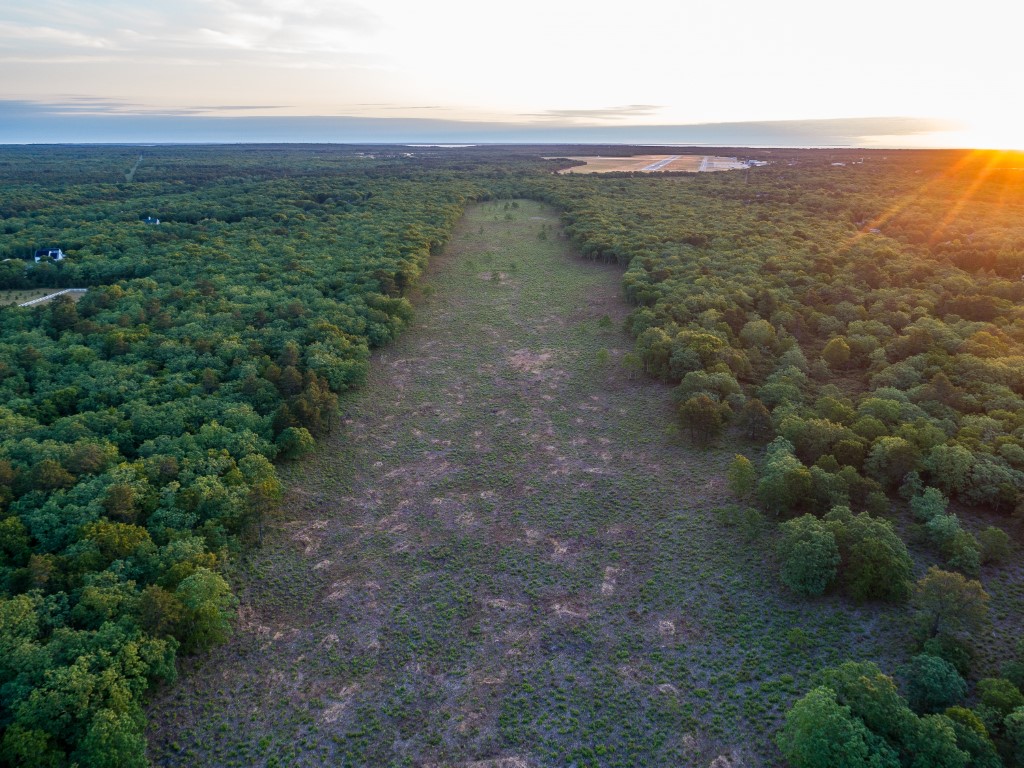This winter, The Nature Conservancy implemented a habitat management project on their Medicine Lots property to restore habitat in an imperiled sandplain barrens frost bottom. This project aimed to use careful methods to remove trees, grind stumps and mow the frost bottom with heavy equipment to maintain an open post-oak savanna to promote both rare and uncommon biodiversity as well as mitigate for fire hazards. Nearly a dozen regional ecologists were consulted to inform the design of this project, including members of the Sandplain Grassland Network. All wood chips were removed from the site and the soil profile was left in tact.

The 97-acre Medicine Lots property in West Tisbury, MA was purchased in 2013 by TNC with the intention to protect and manage for rare species habitat. It is nestled between the ecologically rich Manuel Correllus state forest and Long Point Wildlife Refuge and provides important habitat connectivity between housing developments.

The property contains unique depressions called frost bottoms, or “frost pockets,” which are remnants of ancient glacial riverbeds that provide microhabitat for imperiled sandplain barrens habitat. Frost bottoms experience extreme temperature differences that collect dense cold air at night and can create periods of frost even in the summer, which helps keep the habitat open. There are only a handful of frost bottoms in the region, and few remain undeveloped like Medicine Lots. Several rare plants and animals have been documented on the property such as a variety of imperiled moth species and the declining Whippoorwill bird.

Sandplain barrens are disturbance dependent, fire-adapted habitats that are declining throughout their range and Martha’s Vineyard is an important stronghold. Historically fire was important to this habitat remaining open and, because of fire suppression, such habitats have turned into forest and scrub oak thickets. A pre-site analysis revealed that no trees were older than 77 years of age, which coincides with the great 1946 fire that burned thousands of acres along the south shore of Martha’s Vineyard. Since then, the site has grown into a forest and biodiversity has declined.

Going forward, after this initial restoration, TNC will manage the property by applying a rotational mowing regime to manage for a post-oak savanna with patches of sandplain grassland and scrub-oak barrens to provide a mosaic of imperiled habitat patches that rare species depend on. TNC hopes to re-introduce fire to the landscape to promote biodiversity by means of controlled burns.

For more information on this project, see below for articles in the media:
Vineyard Gazette: Clearing way for frost bottom preservation
WBUR: Restoring a rare habitat to protect an unlikely ecological hero: moths
MV Times: Conservation work underway for Medicine Lots
Written by Michael Whittemore, Stewardship Manager of Cape & Islands for The Nature Conservancy

